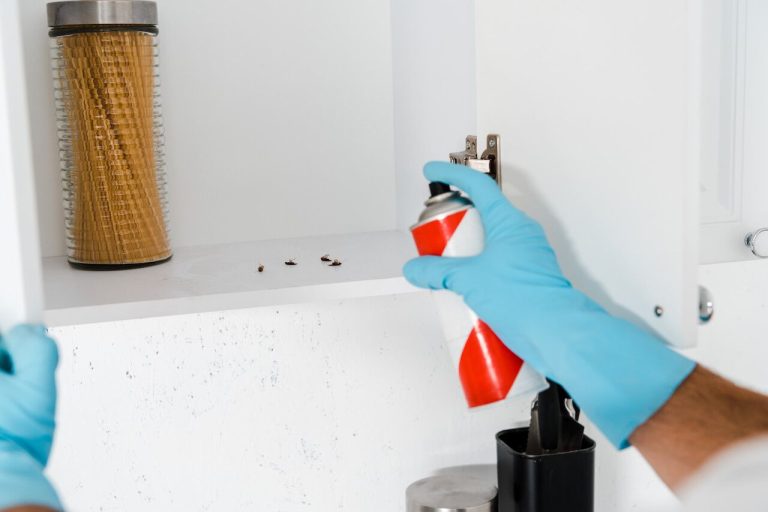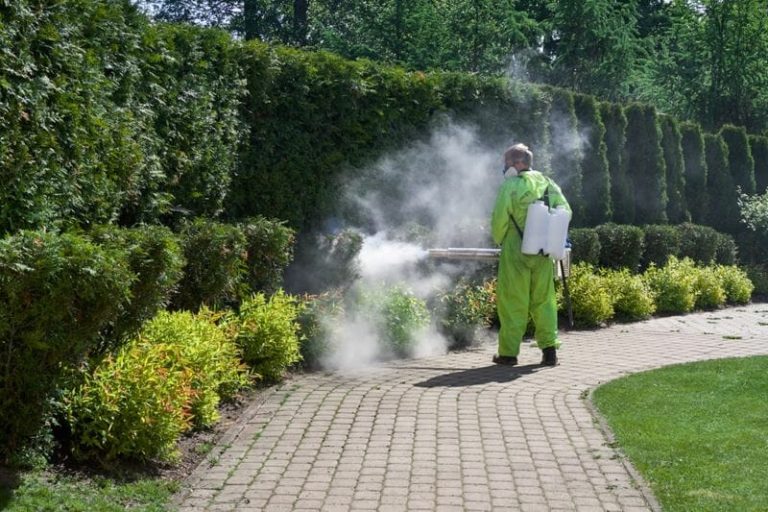
Though a pond or lake seems to be clear on top, what’s going on beneath could tell a quite different narrative. One of the greatest instruments pond and lake owners have to keep a good, balanced aquatic environment is regular water quality testing. Knowing when to test your water will help you save time, money, and headaches down the road whether you are running a fishing lake, a decorative water feature, or a backyard pond.
Why Timing Matters?
Water testing is a proactive measure that ought to be included in your weekly pond or lake water treatment schedule – it is not only something you do when issues emerge. Waiting until algae overtakes or fish start behaving slowly is usually too late to notice early warning signals. Experts like That Pond Guy in Kent advise setting up a seasonal testing schedule so you can follow trends and identify problems before they blow out.
Regular tests help you to better understand how pH, ammonia, nitrites, nitrates, and oxygen levels fluctuate. These factors influence everything from algae development and therapy effectiveness to fish health. Testing lets you make data-driven decisions instead of mindlessly responding to apparent issues when timed appropriately.
Key Times to Test Water Quality
These are some best seasons to carry water quality testing throughout the year:
1. Spring Startup
Aquatic life gets active as temperatures begin to climb; so do possible water quality concerns. Early spring testing helps to establish whether helpful microorganisms are required to enhance your pond or lake or whether nutrient levels are already spiraling out of control.
2. Following a Heavy Downpour
Rain can wash over nutrients like phosphates and nitrogen from nearby ecosystems. Since these nutrients might lead to algae blooms and oxygen crashes, testing the water following a major downpour helps to identify possible imbalances early.
3. Before and After Lake Water Treatments
Testing the water before and after helps you evaluate effectiveness and guarantees you are not over-treating or creating new issues whether you are using algaecides, dyes, or biological boosters. Correct test results also enable competent pond contractors to more exactly customize their treatments to the needs of your water.
4. When Fish Show Signs of Stress
If fish are gasping at the surface, acting lethargic, or dying unexpectedly, drop everything and test right away. Often pointing to a drop in oxygen levels or a rise in ammonia—both of which can be fatal if not detected in time—these signals
5. In Sweltering Weather
High temperatures speed up algae development and lower oxygen levels. Test more regularly during heat waves to make sure your aeration system is keeping up and your water chemistry is balanced.
Keep Water Checks Consistent
The actual magic of water testing is in its consistency. One lone test provides you a snapshot; repeat testing reveals the whole narrative. Record your results over time using a spreadsheet or notebook. You will be better able to make wise decisions about stocking fish, using medications, or changing filtration
Conclusion
Although it may not be the most glamorous aspect of pond or lake ownership, water quality testing is among the most vital. Your early warning system and your road map to long-term success done often and at the proper times. Whether you are dealing it personally or collaborating with professionals, give water testing top importance; your pond will appreciate it.






